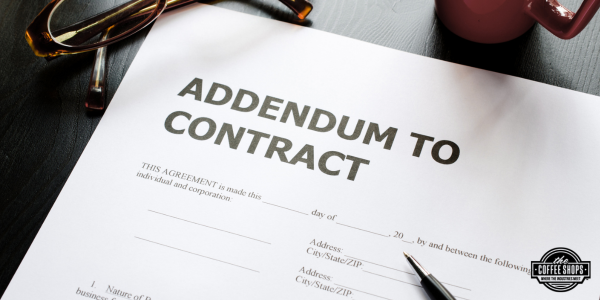UP TO THE MINUTE
Change orders 101

By Emma Peterson.
Most roofing projects will experience hiccups that require an adjustment of scope, learn how to adjust your contracts to match.
In this episode of Roofing Road Trips®, Karen Edwards sits down with Ashlee Poplin of Adams and Reese to talk about construction contracts. Ashlee is a construction law attorney located in Charlotte, North Carolina. In her role she “regularly helps contractors, subcontractors and trades, representing them through contract formation, litigation, liens, bonds, sureties and other similar things as well.”
One of the areas of construction law that she works in frequently is change orders. Ashlee explained what this means, saying, “A change order is any change in your scope. It's going to depend a lot on what your contract reads, so it's important to review your main contract carefully so you know what that proper procedure is for preparing and submitting a change order.” When she references scope here, she refers to everything from the timeline of completion to the money it will cost.
Ashlee’s first piece of advice is to be proactive with change orders. She shared, “I always advise on the side of caution there if there's any sort of change if it is not already built into your contract and written out specifically. So even if, for example, you gave yourself some cushion for adverse weather when you're preparing for your roofing contract, if there is adverse weather, still document and reflect that in a change order, requesting that additional time because you never know if there's going to be another event after that one.”
In order to make a change order, it must be written out and submitted. When it comes to who needs to sign off on it, your contract determines the specifics. Ashlee elaborated, “Your contract is going to specify the guidelines, but I think it’s always best practice to have it signed by all parties. After it’s signed, it's going to act as an addendum to that contract that modifies the terms to include that additional work, time, cost, whatever it is that you've agreed to.” This is not a replacement contract, just a modification of a specific portion.
Overall, Ashlee advised, “Have it in a document, a tangible written form, so that if there's ever a disagreement about a change that occurred on the project, whether that be time, scope or cost, you have a written, tangible document that you can go back to and say, ‘Here's where that change was. Here's where everybody approved of it. And this is how we're going to move forward.’”
Read the transcript or Listen to the episode for more about construction contracts and navigating the legal side of roofing.
Learn more about Adams & Reese LLP in their Coffee Shop Directory or visit www.adamsandreese.com.
The information contained in this article is for general educational information only. This information does not constitute legal advice, is not intended to constitute legal advice, nor should it be relied upon as legal advice for your specific factual pattern or situation.
About Emma
Emma Peterson is a writer at The Coffee Shops and AskARoofer™. Raised in the dreary and fantastical Pacific Northwest, she graduated in 2024 from Pacific University in Oregon with a degree in creative writing and minors in graphic design and Chinese language. Between overthinking everything a little bit, including this bio, she enjoys watching movies with friends, attending concerts and trying to cook new recipes.



















Comments
Leave a Reply
Have an account? Login to leave a comment!
Sign In